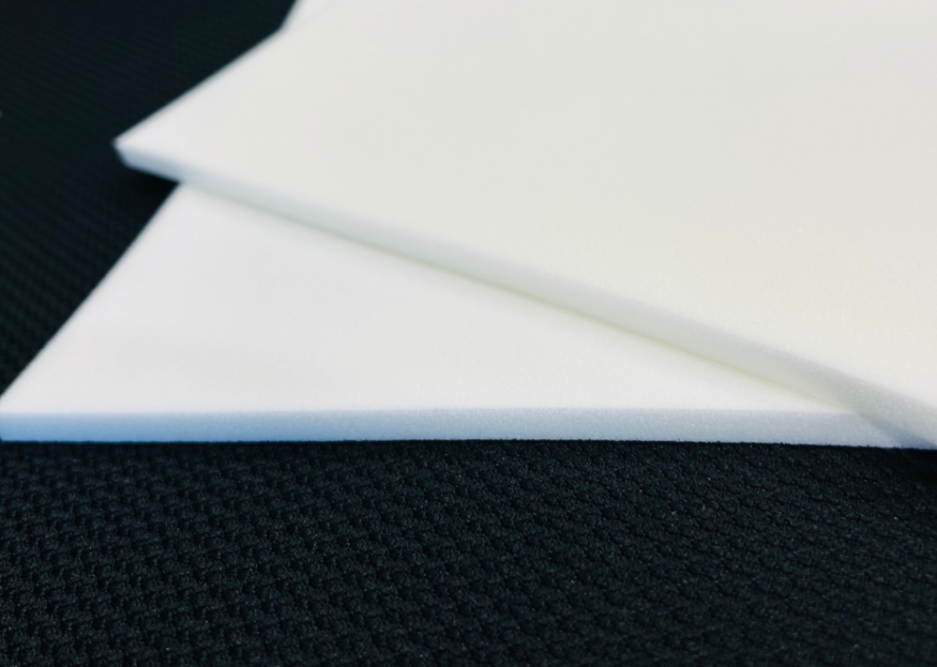Layering NPWT foam is like constructing a sturdy foundation for healing. The industry’s most common type is single-layer reticulated polyurethane foam, which draws out exudate and promotes healing. The newest generation of NPWT foam combines multiple layers designed to contribute to the healing process. The layering technique is pivotal in distributing negative pressure evenly across the wound bed and providing structural support.
Vertically integrated PU foam manufacturers are valuable partners in designing these unique products, providing various options to care for people with different types of wounds. Foamtec Medical manufactures and fabricates custom foams for medical device companies, bringing new products to the market.
Benefits of Multi-Layer NPWT Foam
Structural support is a critical aspect of wound healing. In the context of NPWT foam, it refers to the foam’s ability to maintain its shape and provide a stable foundation for healing. Furthermore, the multi-layer foam provides a tighter seal and structural support to the wound, preventing collapse and promoting healing. Combination foam dressings typically consist of layers of hydrophilic and hydrophobic polyurethane foam with other substrates within the same dressing, offering the benefits of both types of foam in wound management.
The thickest layer is a cushion, offering stability and uniformly distributing negative pressure. For deeper wounds, thicker foam layers can be used to fill the void. Conversely, the layer thickness can be adjusted accordingly for shallow or irregularly shaped wounds to achieve optimal coverage.
The Power of Hydrophilic Foam:
Hydrophilic PU foam’s affinity for fluids makes it an indispensable asset in wound management. By swiftly and efficiently wicking away excess moisture, hydrophilic foam creates an optimal environment for healing, promoting the formation of healthy granulation tissue while minimizing the risk of maceration.
The Shield of Hydrophobic Foam:
In contrast, hydrophobic foam repels the invasion of external contaminants. With its water-repellent properties, hydrophobic foam forms an impermeable barrier, preventing leakage of exudate and reducing the bacterial load.
The Dual Effects:
When these two distinct foams join forces, the result is a blend of moisture management and infection control. Hydrophilic and hydrophobic foam create a dynamic ecosystem within the wound, balancing the delicate interplay between hydration and protection. With each layer complementing the other’s strengths, the combined performance exceeds the sum of its parts, offering unparalleled efficacy in NPWT.
The Impact on Patient Comfort and Care:
The combined hydrophilic and hydrophobic foam prioritize patient comfort. Their soft and pliable texture molds seamlessly to the contours of the wound, ensuring a snug fit to create a negative pressure environment when used with a wound VAC.
Precision Laminating for Seamless Integration
Medical device component manufacturers like Foamtec Medical use various laminating processes to ensure proper alignment and positioning of the foam layers, which perform well under negative pressure, minimize the risk of pressure points, and optimize wound healing.
Ready to discuss your NPWT applications? Contact us today to see how we can help you!



